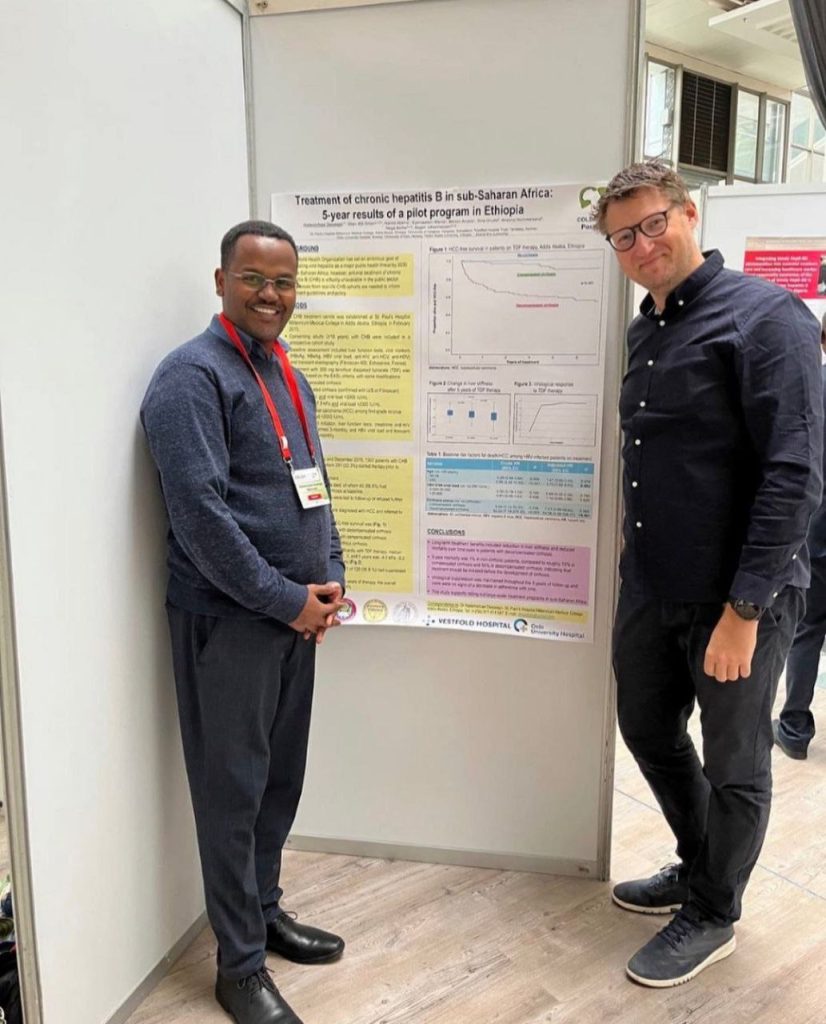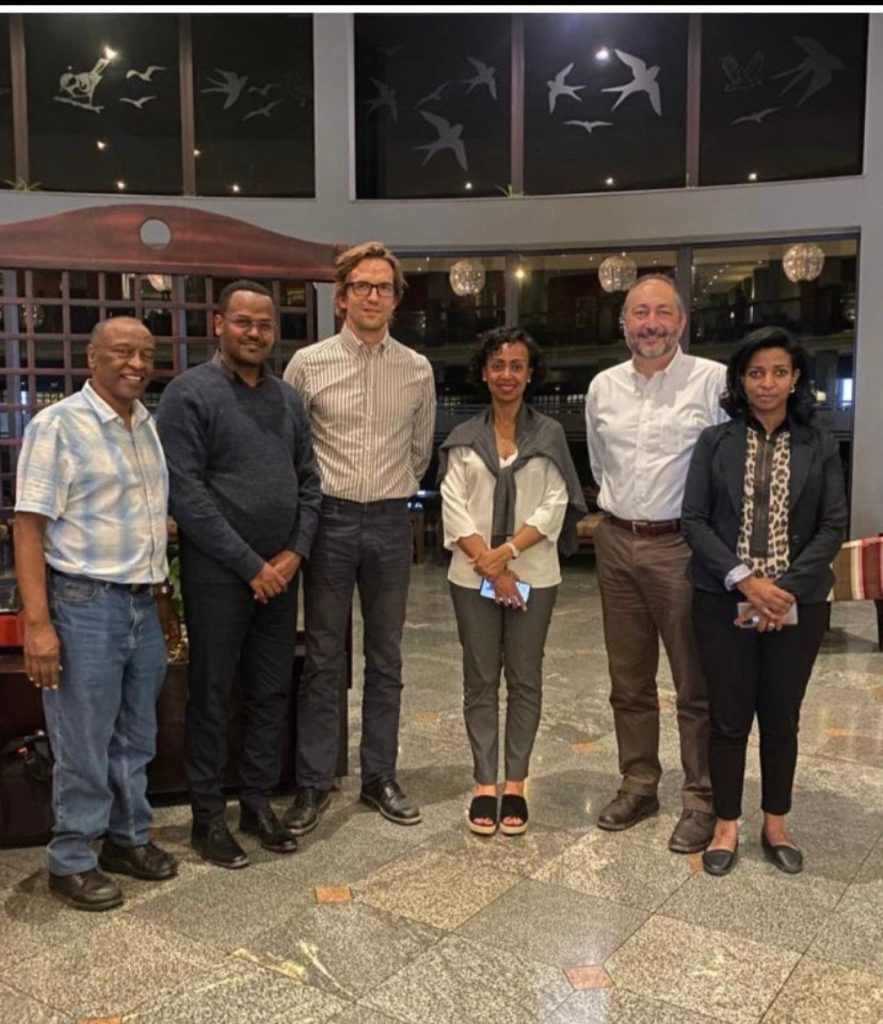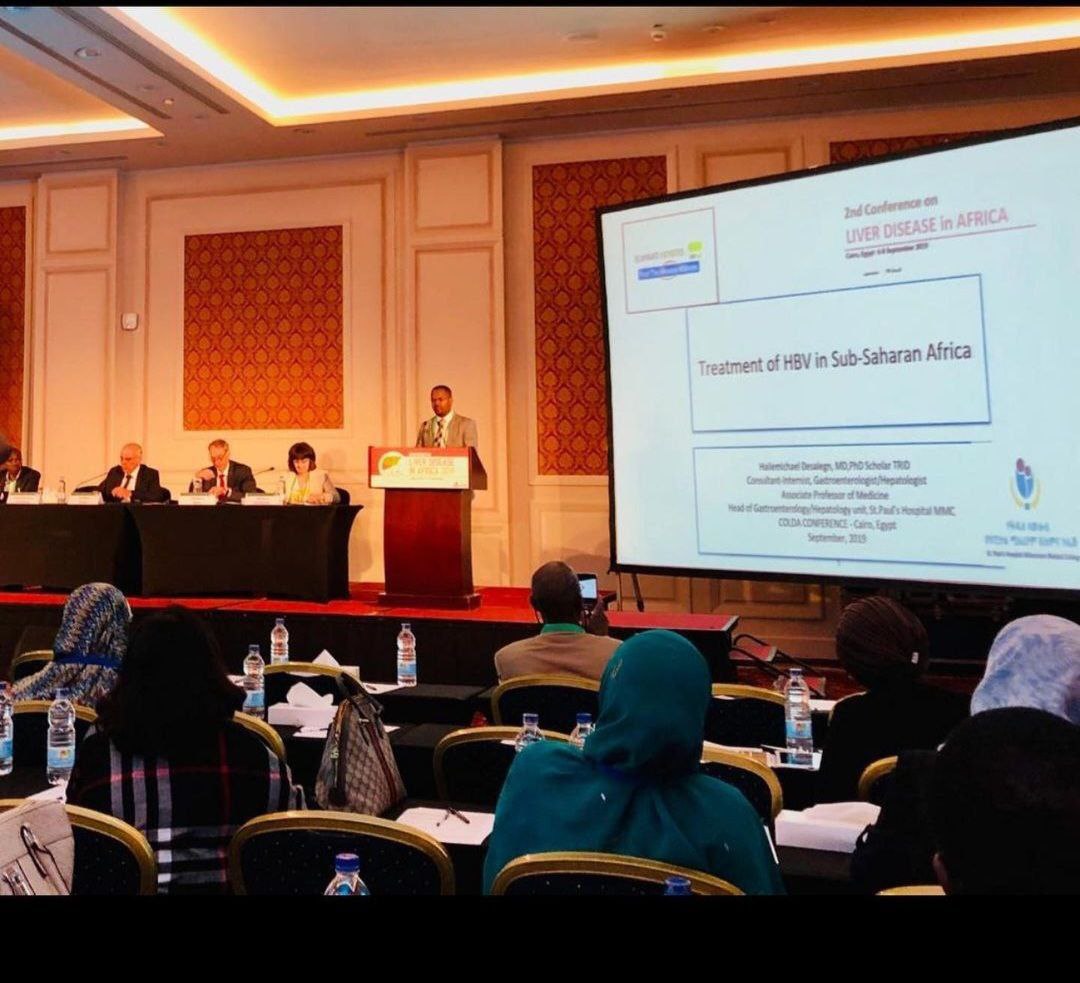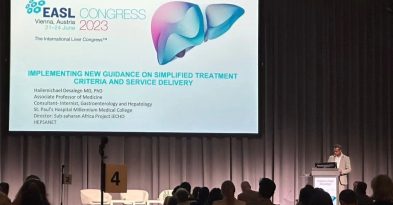EtNoHep’s contribution to new WHO hepatitis B guidelines
With 254 million people living with chronic hepatitis B infection, the WHO aims to reduce new infections by 90% and deaths by 65% within 2030. Sub-Saharan Africa has the highest prevalence of hepatitis B, but access to care and treatment is extremely limited. There is a lack of organized, systematic approaches to screening, linking patients to care, and monitoring their progress.
In 2015, EtNoHep launched a large hepatitis B treatment program in Addis Ababa. The program enrolled 1,303 patients referred to St. Paul’s Hospital Millennium Medical College. We used clinical criteria, Fibroscan, liver enzymes and HBV viral load to identify patients in need of treatment.



In 2019, we conducted a project comparing the performance of the WHO 2015 hepatitis B guideline with the “gold standard” EASL criteria. The study revealed that the WHO guideline identified only 50% of patients who needed treatment, and only 25% if we excluded those with decompensated cirrhosis.
Together with partners across Africa (www.hepsanet.org), we engaged in a project to where sensitivity and spesificity was assessed of different cheap non-invasive markers for liver fibrosis and cirrhosis. This project showed that aspartate aminotransferase to platelet ratio index (APRI) was the best non-invasive test, and we identified the ideal rule-in and rule-out thresholds for diagnosing fibrosis and cirrhosis.

In 2022, EtNoHep, together with the Minister of Health in Ethiopia, published a commentary in The Lancet Global Health entitled “New WHO Hepatitis B Treatment Guidelines: Look to Ethiopia” In this commentary, we suggested a new evidence-based, simplified and practical approach to hepatitis B treatment. The revised 2022 Ethiopian National HBV guideline is also based on the simplified treatment criteria developed by EtNoHep. The new WHO guidelines were launched in April 2024 and have substantially lowered the threshold for starting antiviral treatment. The new guidelines expand treatment eligibility to roughly 50% of people living with hepatitis B, a significant increase from the previous 8%-15%. Importantly, the updated guidelines also provide options for treating in settings where HBV DNA testing is not accessible. Our hepatitis B cohort in Ethiopia has provided a strong foundation and – for the first time – included African perspectives and data in the development of international guidelines for hepatitis B.



Comment (1)
Hi there, I ground your website via Гугл while searching object of a related thesis, your website came up, it looks great. I obtain bookmarked it in my google bookmarks.